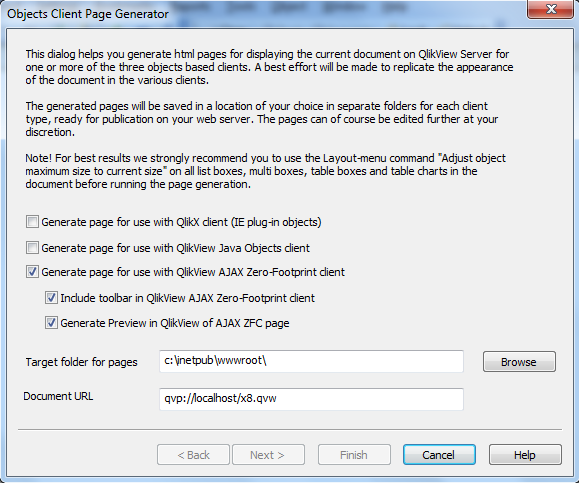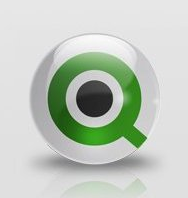Unlock a world of possibilities! Login now and discover the exclusive benefits awaiting you.
- Qlik Community
- :
- Discover
- :
- Blogs
- :
- Product
- :
- Design
- :
- A Historical Odyssey: QlikView 8, Ajax and Set Ana...
- Subscribe to RSS Feed
- Mark as New
- Mark as Read
- Bookmark
- Subscribe
- Printer Friendly Page
- Report Inappropriate Content
QlikView 7 was a great version – the Desktop, the Server and the Publisher all worked fine, but… they were not quite enterprise ready. It was not always simple to integrate all components in an already complex enterprise environment.
So, for QlikView 8, one focus was to drastically improve the enterprise readiness. Hence, QlikView 8 brought us a a number of server components and functions:
- An html based control panel
- A built-in web server: Previously it was necessary to have the Microsoft IIS installed.
- A Directory Services Controller: Previously it was possible to connect to the Microsoft AD only.
- QlikView Server authorization (DMS mode): Previously you could use the NTFS file system security only.
- Server clustering

Another focus was on a light-weight, install-free client – the Ajax client. We had already started to experiment with this in the 7.5 version, but with QlikView 8 we launched it as one of our three basic clients: The C client (Desktop and Plug-In), the Java client and the Ajax client. The three clients had different capabilities – if you wanted full functionality, you chose the C client. On the other hand, there was some effort involved to install this, and if you wanted an install-free environment, you chose the Ajax client. The Java client was somewhere in between.
The Ajax client was however not as dynamic as it is today. The web pages had to be created in a manual step and posted on the web server.

We didn’t just add functionality; we also removed some: The Itanium processor had been launched some years earlier, and by now we had realized that its market share would not grow. So, for QlikView 8, we decided to discontinue the Itanium edition of QlikView.
QlikView 8 also brought the Advanced search, the Hierarchy resolution, the Input fields, the License lease and Set Analysis.

And, yes, we got the logo that we use still today.
Finally, QlikView 8 also brought us the first steps towards collaboration. It started with a simple function: the possibility to mail a link with a selection to someone else. We already had local bookmarks and now realized that it would not be practical to store an entire selection in a URL. Instead, we should of course store the bookmark on the server, and mail a link to this bookmark. From there, it was only a small step to expand this idea and allow the user to create and share other types of objects also.
QlikView 8 was, with the server components, the Set analysis and the collaboration a version that architecturally very much resembled today's QlikView.
Further reading on the Qlik history:
A Historical Odyssey: QlikView 7, QVD files and the Aggr() function
You must be a registered user to add a comment. If you've already registered, sign in. Otherwise, register and sign in.